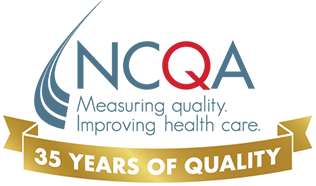For the MUHIT domain, intent refers to the measures criteria, as specified in the Intent section. For Required Submission item 4, count the number of PCPs, or the number of patients assigned to PCPs who meet the criteria listed for each measure. Assign the number of points that correspond to the percentage of PCPs meeting the measures intent.
